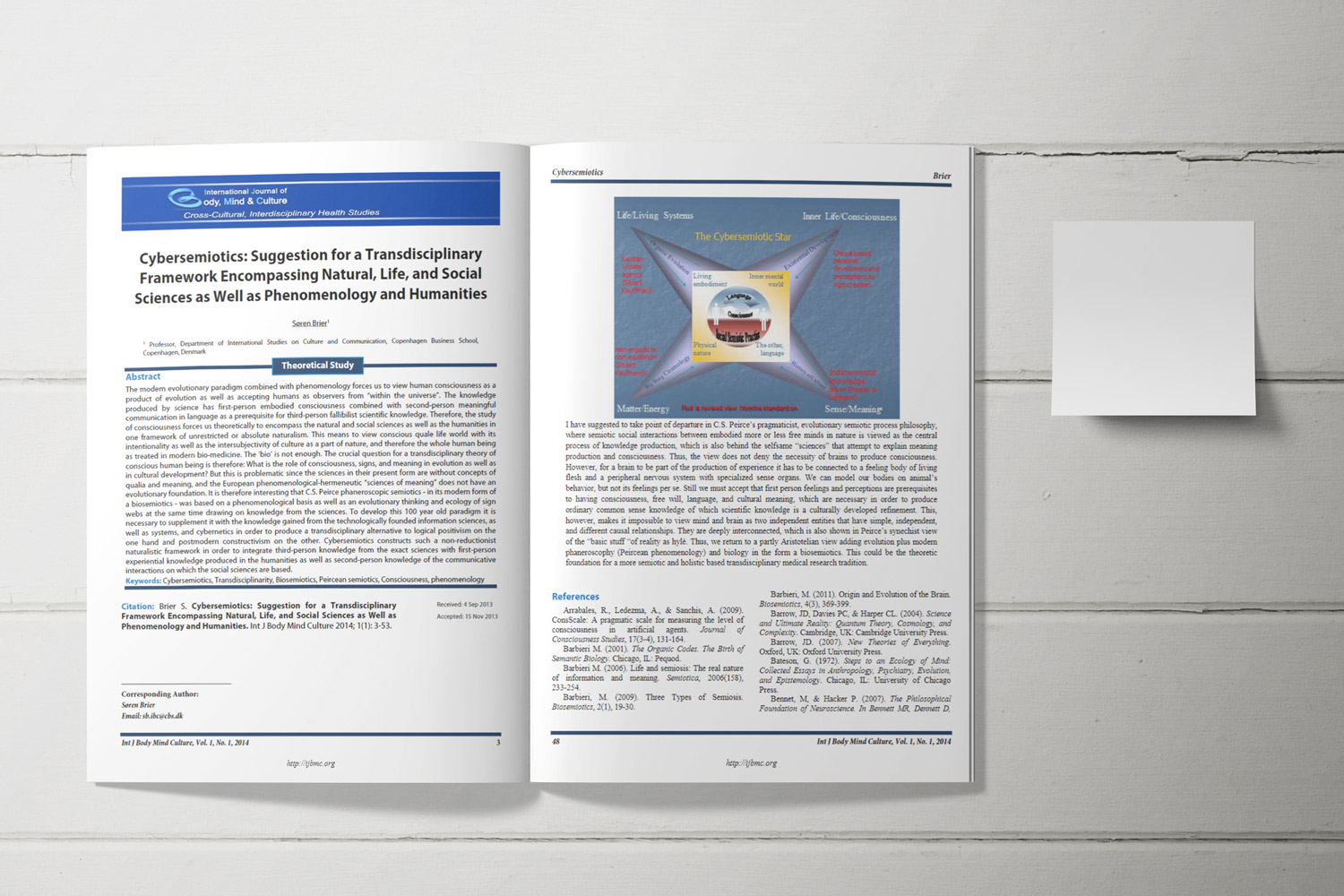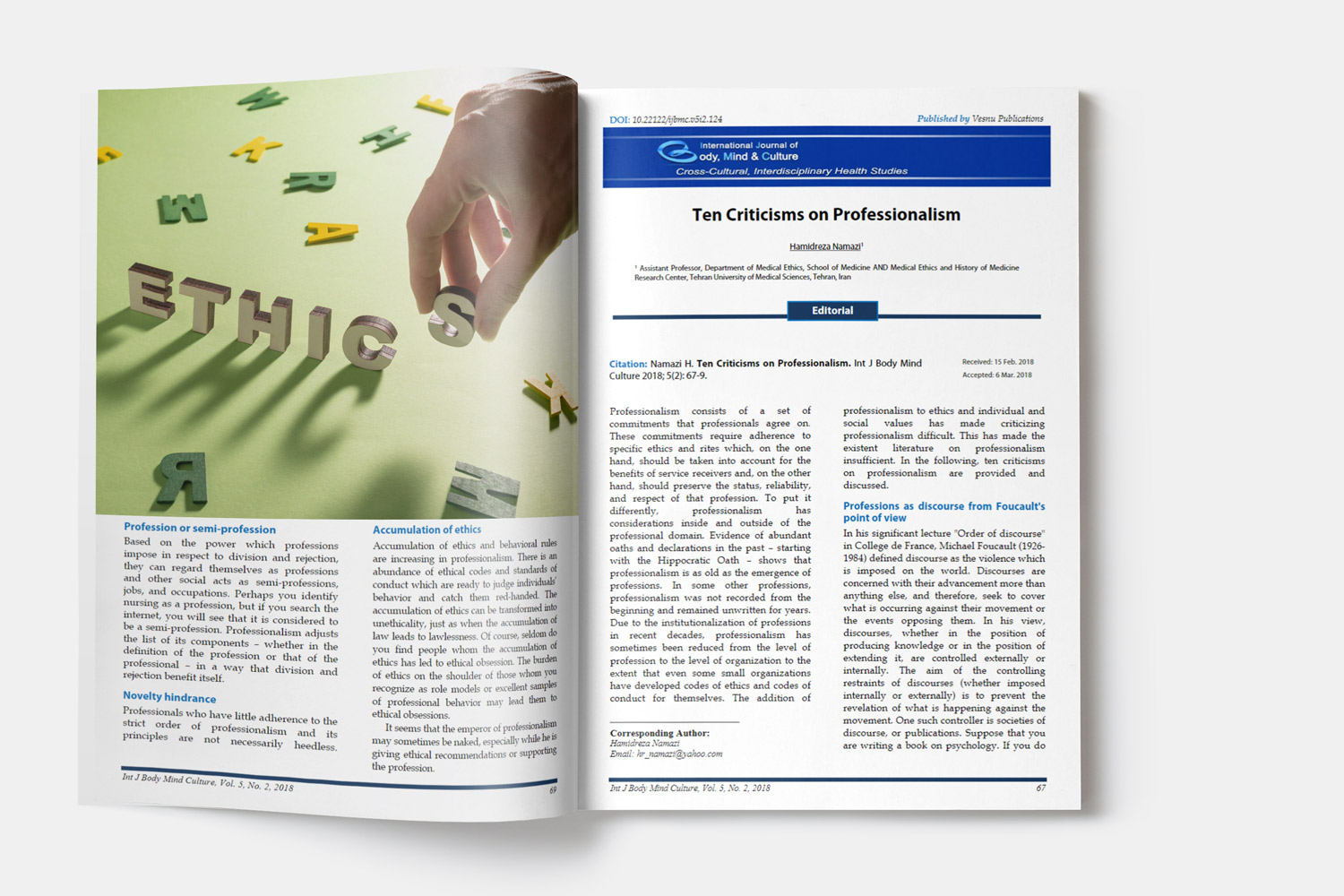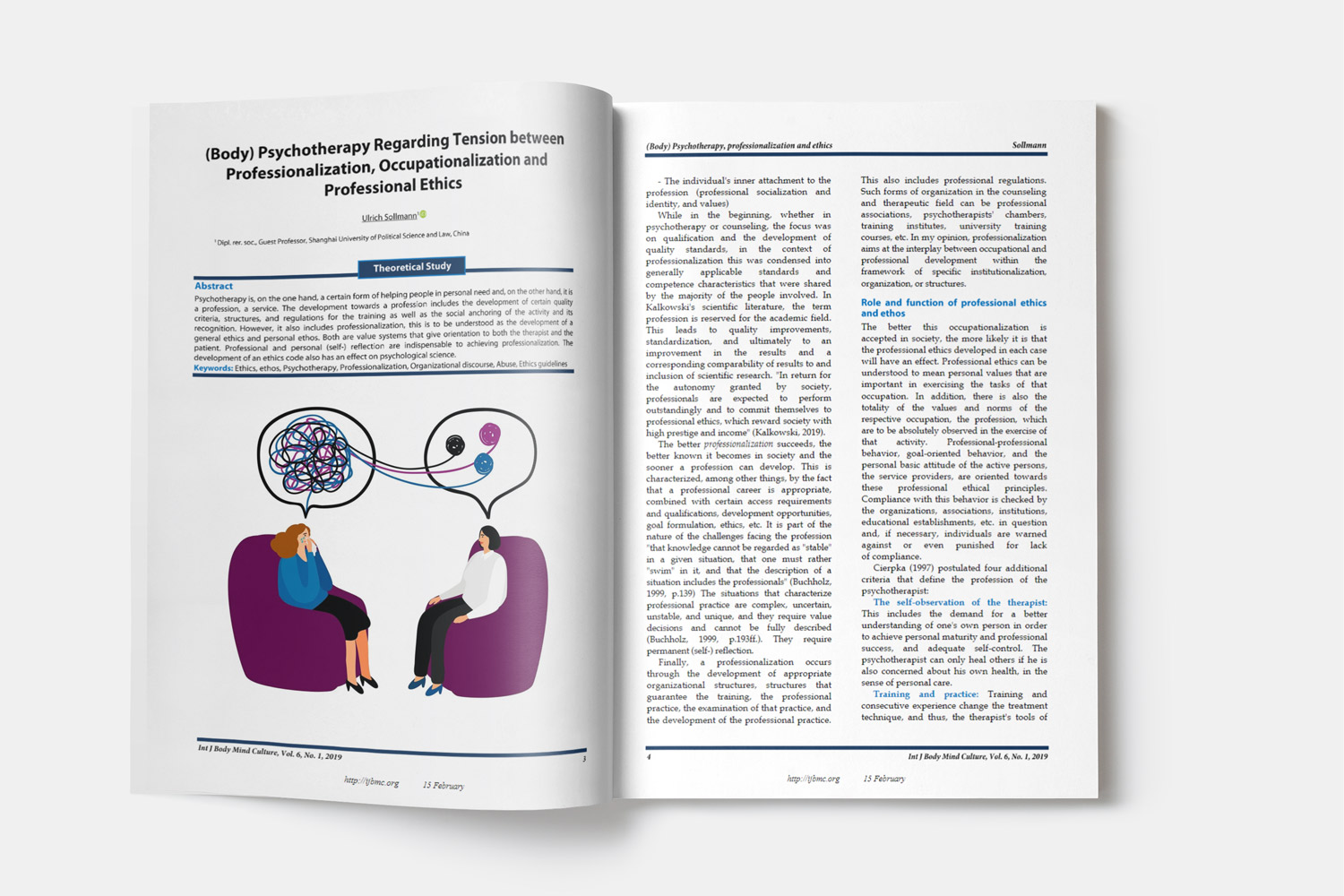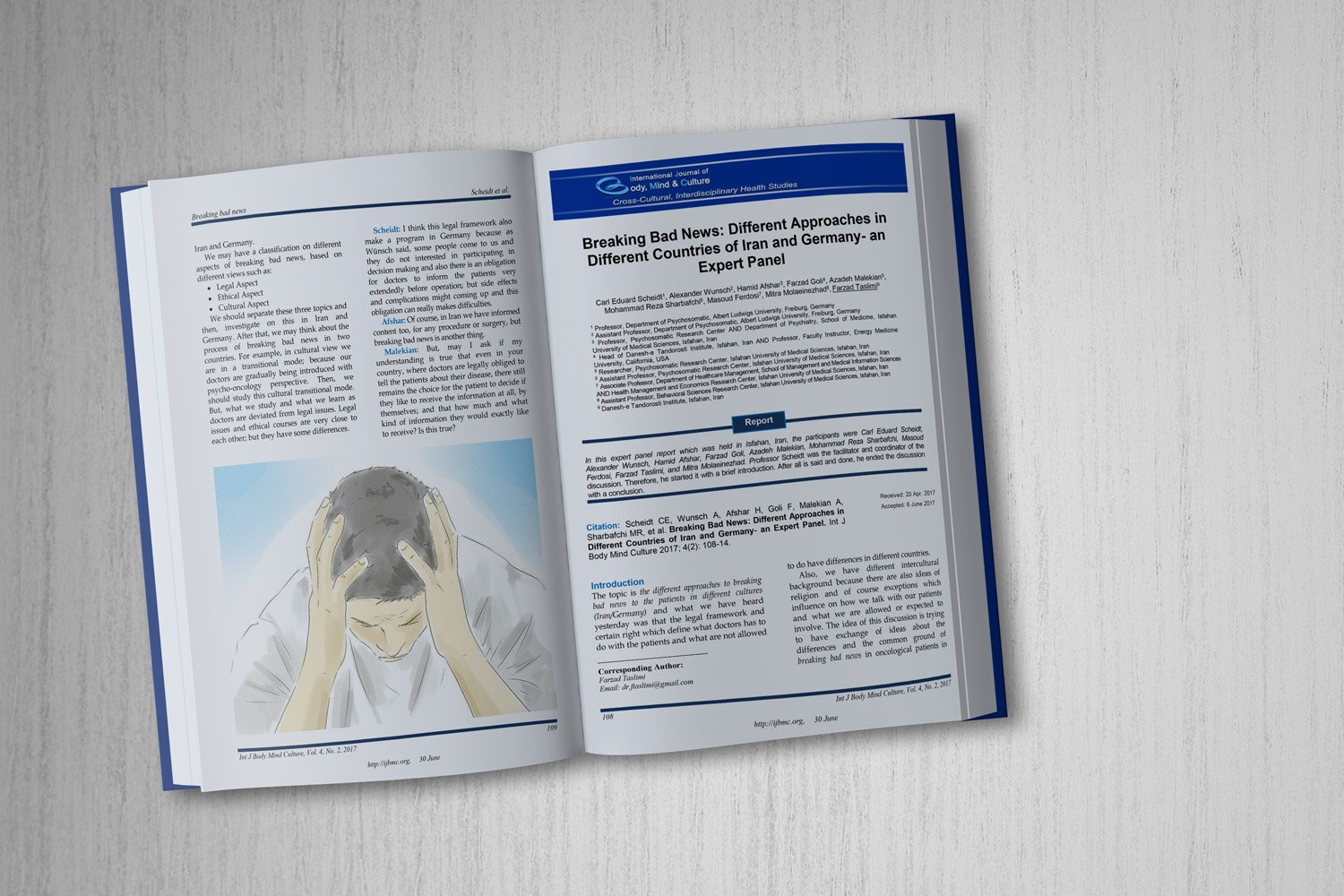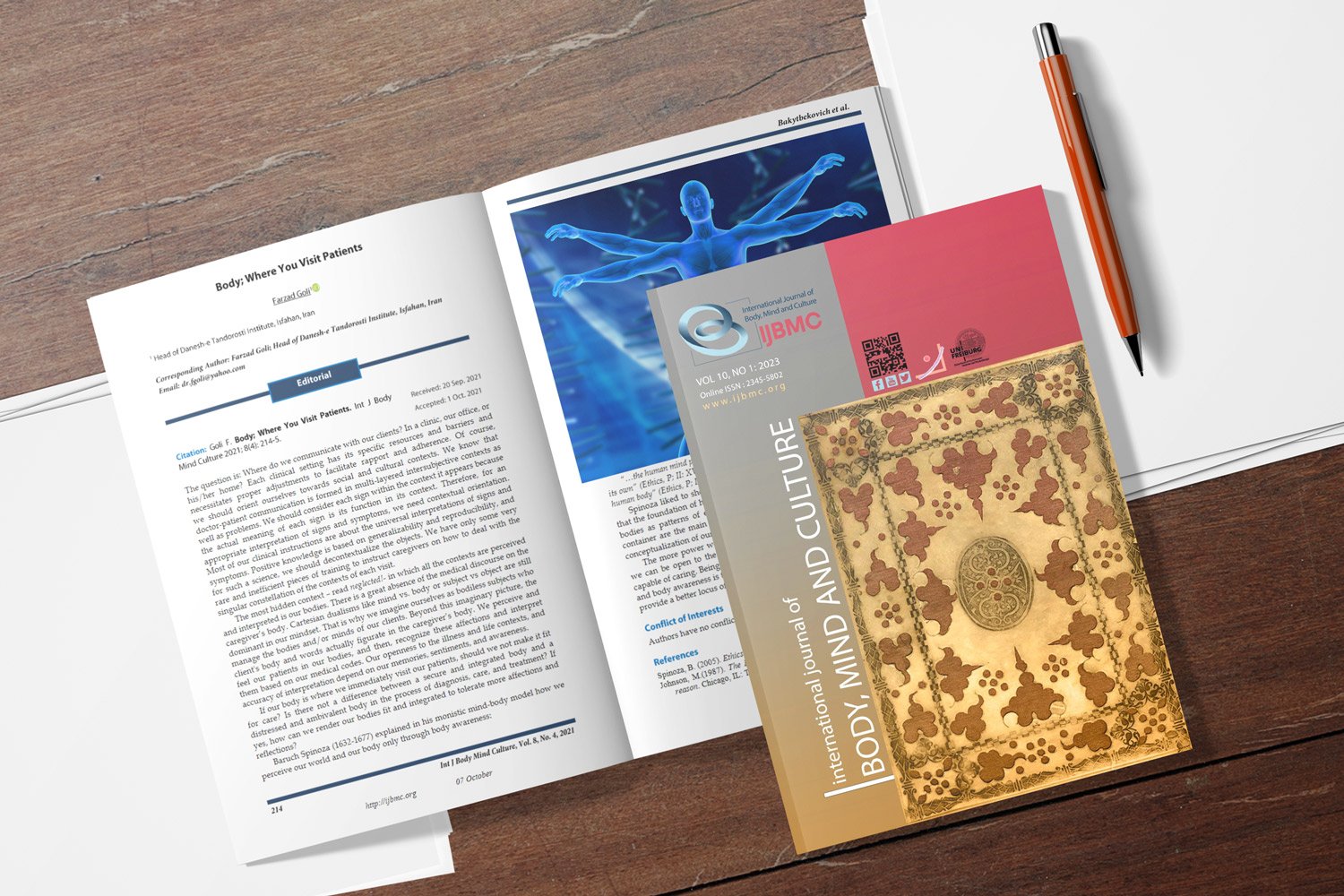The Effectiveness of Metallization-Based Therapy on Splitting and Paranoid Ideation in Borderline Personality Disorder
Downloads
Objective: This study aimed to investigate the effectiveness of Mentalization Based Therapy on Splitting and Paranoid Ideation of Borderline Personality Disorder patients.
Methods and Materials: The present study was a quasi-experimental one, which included pretest-posttest design with a control group. The population of this study consisted of all people with borderline personality disorder referring to Tehran’s psychotherapy clinics in 2023. The sample included 30 people with BPD who were selected through availability sampling and randomly assigned into intervention and control group. After being examined by pretests of splitting and paranoid ideation, the examinees of intervention group received 12 MBT group sessions. Then a posttest was conducted using Splitting Index and Paranoia Scale. The data were analyzed via SPSS-26 through Analysis of Covariance.
Findings: Intervention group’s means were reduced and the difference between groups in splitting (F=86.33, p<0.05) and paranoid ideation (F=65.47, p<0.05) were significant.
Conclusion: The findings from this study underline the benefits of Mentalization based therapy in addressing splitting and paranoid ideation among borderline personality disorder patients and study highlights the importance of addressing splitting and paranoid ideation as a means to improve BPD patients’ communicational problems.
Downloads
American Psychiatrists Association. (2023). Understanding Mental Disorders: Your Guide to DSM-5-TR®. American Psychiatric Pub. https://doi.org/10.1176/appi.books.9781615375370
Bales, D., van Beek, N., Smits, M., Willemsen, S., Busschbach, J. J., Verheul, R., & Andrea, H. (2012). Treatment outcome of 18-month, day hospital mentalization-based treatment (MBT) in patients with severe borderline personality disorder in the Netherlands. Journal of personality disorders, 26(4), 568-582. https://doi.org/10.1521/pedi_2012_26_021
Barnicot, K., Redknap, C., Coath, F., Hommel, J., Couldrey, L., & Crawford, M. (2022). Patient experiences of therapy for borderline personality disorder: Commonalities and differences between dialectical behaviour therapy and mentalization‐based therapy and relation to outcomes. Psychology and Psychotherapy: Theory, Research and Practice, 95(1), 212-233. https://doi.org/10.1111/papt.12362
Bateman, A., Campbell, C., & Fonagy, P. (2021). Rupture and repair in mentalization-based group psychotherapy. International Journal of Group Psychotherapy, 71(2), 371-392. https://doi.org/10.1080/00207284.2020.1847655
Bateman, A., Rüfenacht, E., Perroud, N., Debbané, M., Nolte, T., Shaverin, L., & Fonagy, P. (2023). Childhood maltreatment, dissociation and borderline personality disorder: Preliminary data on the mediational role of mentalizing in complex post‐traumatic stress disorder. Psychology and Psychotherapy: Theory, Research and Practice. https://doi.org/10.1111/papt.12514
Bateman, A. W., & Fonagy, P. (2020). Mentalization-based treatment for BPD. In (pp. 187-201). Routledge. https://doi.org/10.4324/9781003063872-15
Brodsky, B. S., Groves, S. A., Oquendo, M. A., Mann, J. J., & Stanley, B. (2006). Interpersonal precipitants and suicide attempts in borderline personality disorder. Suicide and Life-Threatening Behavior, 36(3), 313-322. https://doi.org/10.1521/suli.2006.36.3.313
Coifman, K. G., Berenson, K. R., Rafaeli, E., & Downey, G. (2012). From negative to positive and back again: polarized affective and relational experience in borderline personality disorder. Journal of abnormal psychology, 121(3), 668. https://cupola.gettysburg.edu/psyfac/10/
Combs, D. R., Penn, D. L., & Fenigstein, A. (2002). Ethnic differences in subclinical paranoia: an expansion of norms of the paranoia scale. Cultural Diversity and Ethnic Minority Psychology, 8(3), 248. https://www.wikidata.org/wiki/Q46944464
De Meulemeester, C., Lowyck, B., & Luyten, P. (2021). The role of impairments in self-other distinction in borderline personality disorder: A narrative review of recent evidence. ScienceDirect. https://doi.org/10.1016/j.neubiorev.2021.04.022
De Oliveira, C., Rahioui, H., Smadja, M., Gorsane, M. A., & Louppe, F. (2017). Mentalization based treatment and borderline personality disorder. Encephale, 43(4), 340-345. https://doi.org/10.1016/j.encep.2016.02.020
Einy, A., Narimani, M., Atadokht, A., Basharpoor, S., & Sadeghi Movahhed, F. (2018). Effectiveness of Mentalization based Therapy and Cognitive-Analytical Therapy on Improved Object Relationship of People with Borderline Personality Disorder: A comparison [Descriptive]. Payesh (Health Monitor) Journal, 17(3), 275-287. http://imtj.gmu.ac.ir/browse.php?a_id=3183&sid=1&slc_lang=fa&html=1
Fenigstein, A., & Vanable, P. A. (1992). Paranoia and self-consciousness. Journal of personality and social psychology, 62(1), 129. https://doi.org/10.1037/0022-3514.62.1.129
Fertuck, E. A., Fischer, S., & Beeney, J. (2018). Social cognition and borderline personality disorder: splitting and trust impairment findings. Psychiatric Clinics, 41(4), 613-632. https://doi.org/10.1016/j.psc.2018.07.003
Fertuck, E. A., Grinband, J., & Stanley, B. (2013). Facial trust appraisal negatively biased in borderline personality disorder. Psychiatry research, 207(3), 195-202. https://doi.org/10.1016/j.psychres.2013.01.004
Fonagy, P. (1991). Thinking about thinking: Some clinical and theoretical considerations in the treatment of a borderline patient. International Journal of psychoanalysis, 72(4), 639-656. https://pep-web.org/browse/document/IJP.072.0639A
Fonagy, P., Leigh, T., Steele, M., Steele, H., Kennedy, R., Mattoon, G., Target, M., & Gerber, A. (1996). The relation of attachment status, psychiatric classification, and response to psychotherapy. Journal of consulting and clinical psychology, 64(1), 22. https://doi.org/10.1037/0022-006X.64.1.22
Freeman, D., Garety, P. A., Bebbington, P. E., Smith, B., Rollinson, R., Fowler, D., Kuipers, E., Ray, K., & Dunn, G. (2005). Psychological investigation of the structure of paranoia in a non-clinical population. The British Journal of Psychiatry, 186(5), 427-435. https://doi.org/10.1192/bjp.186.5.427
Gould, J. R., Prentice, N. M., & Aisnlie, R. C. (1996). The Splitting Index: Construction of a scale measuring the defense mechanism of splitting. Journal of Personality Assessment, 66(2), 414-430. https://doi.org/10.1207/s15327752jpa6602_18
Jørgensen, C. R., Freund, C., Bøye, R., Jordet, H., Andersen, D., & Kjølbye, M. (2013). Outcome of mentalization‐based and supportive psychotherapy in patients with borderline personality disorder: a randomized trial. Acta Psychiatrica Scandinavica, 127(4), 305-317. https://doi.org/10.1111/j.1600-0447.2012.01923.x
Kernberg, O. (1967). Borderline personality organization. Journal of the American Psychoanalytic Association, 15(3), 641-685. https://doi.org/10.1177/000306516701500309
Kernberg, O. F. (2023). Object relations theory and transference analysis. FORUM DER PSYCHOANALYSE. https://www.amazon.com/Object-Relations-Theory-Clinical-Psychoanalysis/dp/1568216122
Klein, M. (1959). Our adult world and its roots in infancy. Human Relations, 12(4), 291-303. https://doi.org/10.1177/001872675901200401
Kogan-Goloborodko, O., Brügmann, E., Repple, J., Habel, U., & Clemens, B. (2016). Experimentally Assessed Reactive Aggression in Borderline Personality Disorder. PLoS One, 11(11), e0166737. https://doi.org/10.1371/journal.pone.0166737
Kvarstein, E. H., Pedersen, G., Urnes, Ø., Hummelen, B., Wilberg, T., & Karterud, S. (2015). Changing from a traditional psychodynamic treatment programme to mentalization‐based treatment for patients with borderline personality disorder-Does it make a difference? Psychology and Psychotherapy: Theory, Research and Practice, 88(1), 71-86. https://doi.org/10.1111/papt.12036
Leichsenring, F., Fonagy, P., Heim, N., Kernberg, O. F., Leweke, F., Luyten, P., Salzer, S., Spitzer, C., & Steinert, C. (2024). Borderline personality disorder: a comprehensive review of diagnosis and clinical presentation, etiology, treatment, and current controversies. World Psychiatry, 23(1), 4-25. https://doi.org/10.1002/wps.21156
Malda‐Castillo, J., Browne, C., & Perez‐Algorta, G. (2019). Mentalization‐based treatment and its evidence‐base status: A systematic literature review. Psychology and Psychotherapy: Theory, Research and Practice, 92(4), 465-498. https://doi.org/10.1111/papt.12195
Merrett, Z., Castle, D. J., Thomas, N., Toh, W. L., Beatson, J., Broadbear, J., Rao, S., & Rossell, S. L. (2022). Comparison of the phenomenology of hallucination and delusion characteristics in people diagnosed with borderline personality disorder and schizophrenia. Journal of personality disorders, 36(4), 413-430. https://doi.org/10.1521/pedi.2022.36.4.413
Miano, A., Fertuck, E. A., Arntz, A., & Stanley, B. (2013). Rejection sensitivity is a mediator between borderline personality disorder features and facial trust appraisal. Journal of personality disorders, 27(4), 442-456. https://doi.org/10.1521/pedi_2013_27_096
Miano, A., Fertuck, E. A., Roepke, S., & Dziobek, I. (2017). Romantic relationship dysfunction in borderline personality disorder-a naturalistic approach to trustworthiness perception. Personality Disorders: Theory, Research, and Treatment, 8(3), 281. https://doi.org/10.1037/per0000196
Mills, A., Gilbert, P., Bellew, R., McEwan, K., & Gale, C. (2007). Paranoid beliefs and self‐criticism in students. Clinical Psychology & Psychotherapy, 14(5), 358-364. https://doi.org/10.1002/cpp.537
Nolte, T., Hutsebaut, J., Sharp, C., Campbell, C., Fonagy, P., & Bateman, A. (2023). The role of epistemic trust in mentalization-based treatment of borderline psychopathology. Journal of personality disorders, 37(5), 633-659. https://doi.org/10.1521/pedi.2023.37.5.633
Petersen, R., Brakoulias, V., & Langdon, R. (2016). An experimental investigation of mentalization ability in borderline personality disorder. Compr Psychiatry, 64, 12-21. https://doi.org/10.1016/j.comppsych.2015.10.004
Torgersen, S., Oldham, J., Skodol, A., & Bender, D. (2014). Prevalence, sociodemographics, and functional impairment. Journal of personality disorders, 28(4), 610-616. https://psycnet.apa.org/record/2014-23578-006
Vogt, K. S., & Norman, P. (2019). Is mentalization‐based therapy effective in treating the symptoms of borderline personality disorder? A systematic review. Psychology and Psychotherapy: Theory, Research and Practice, 92(4), 441-464. https://doi.org/10.1111/papt.12194
Copyright (c) 2025 International Journal of Body, Mind and Culture

This work is licensed under a Creative Commons Attribution-NonCommercial 4.0 International License.










